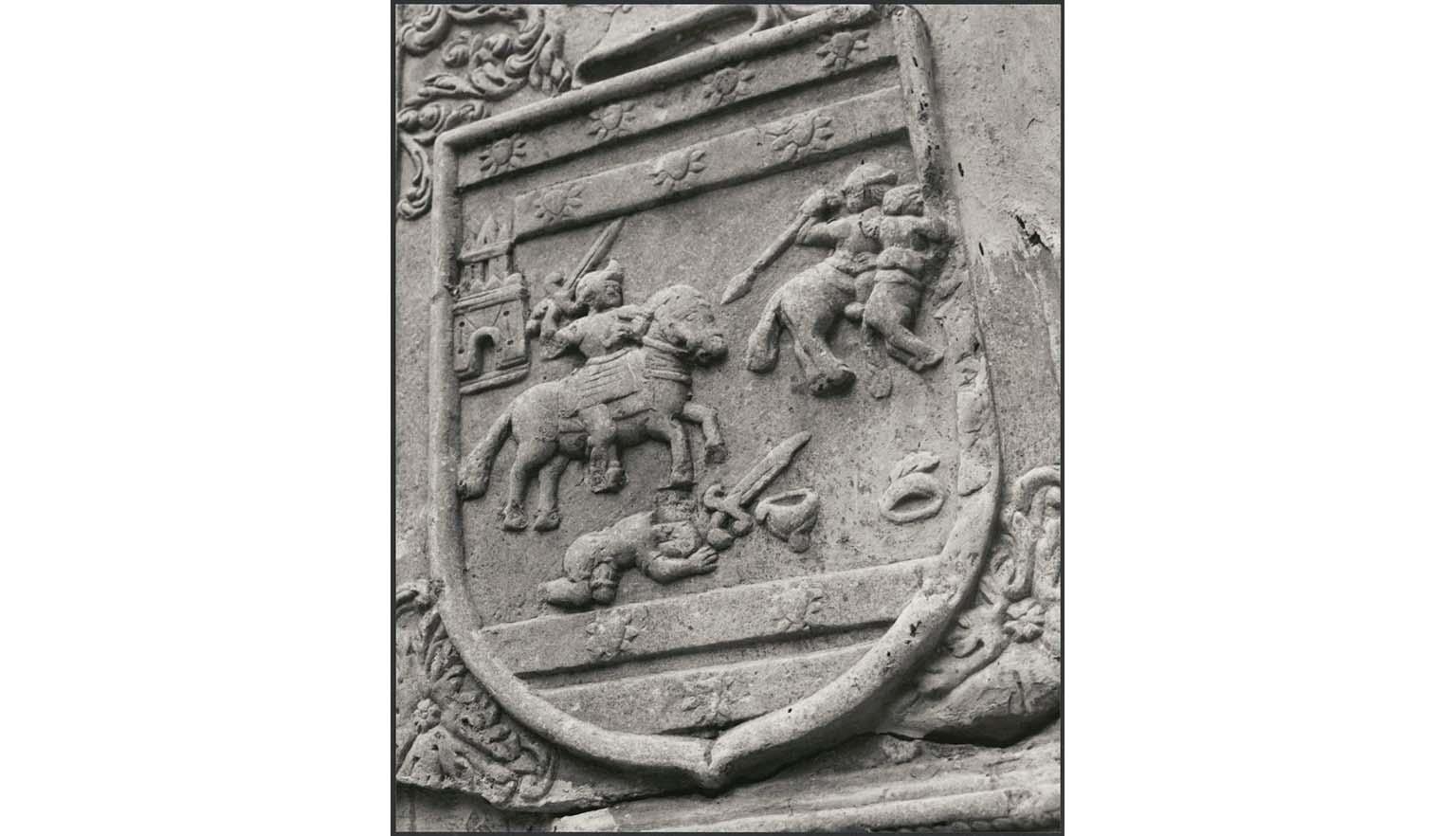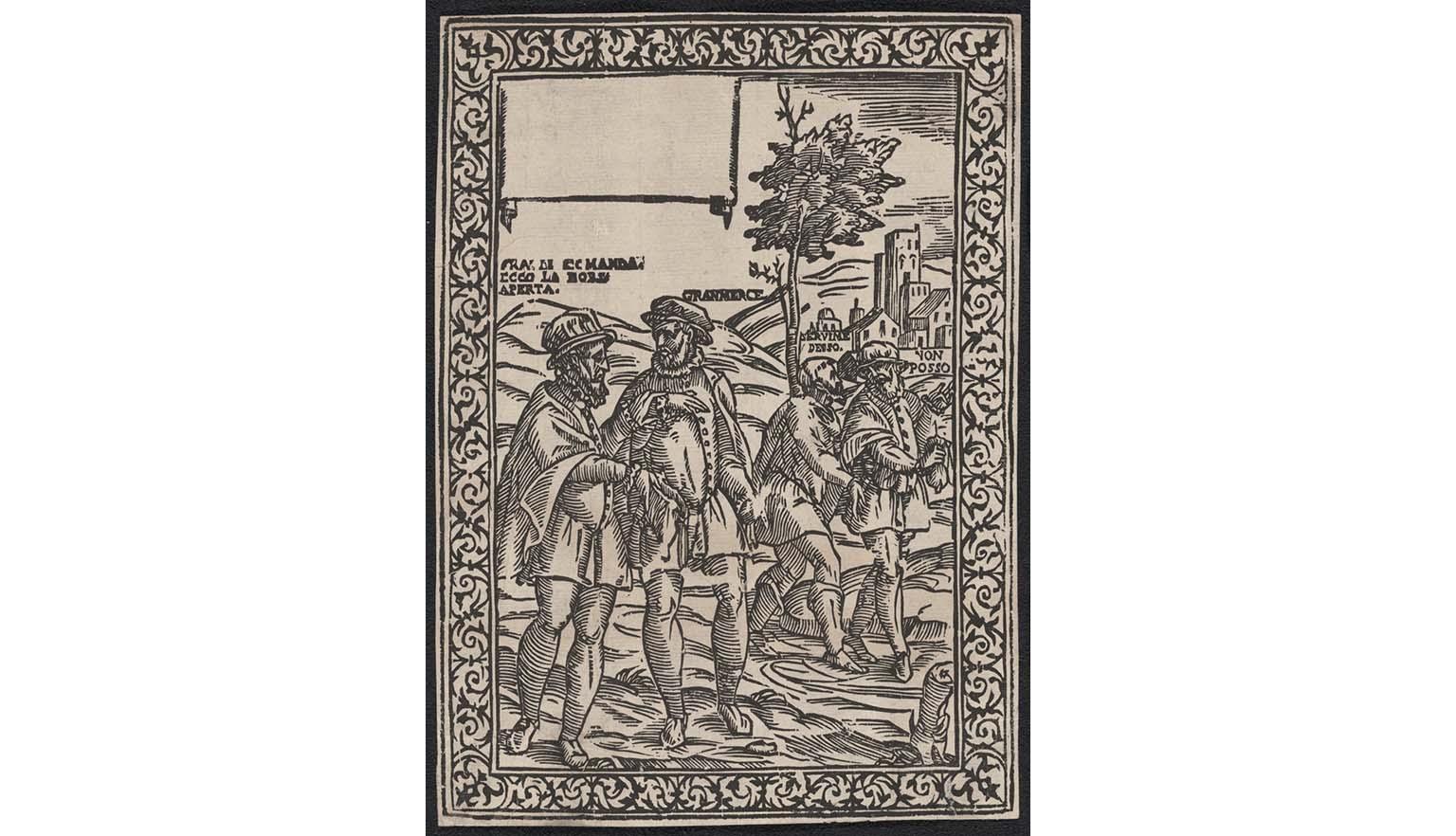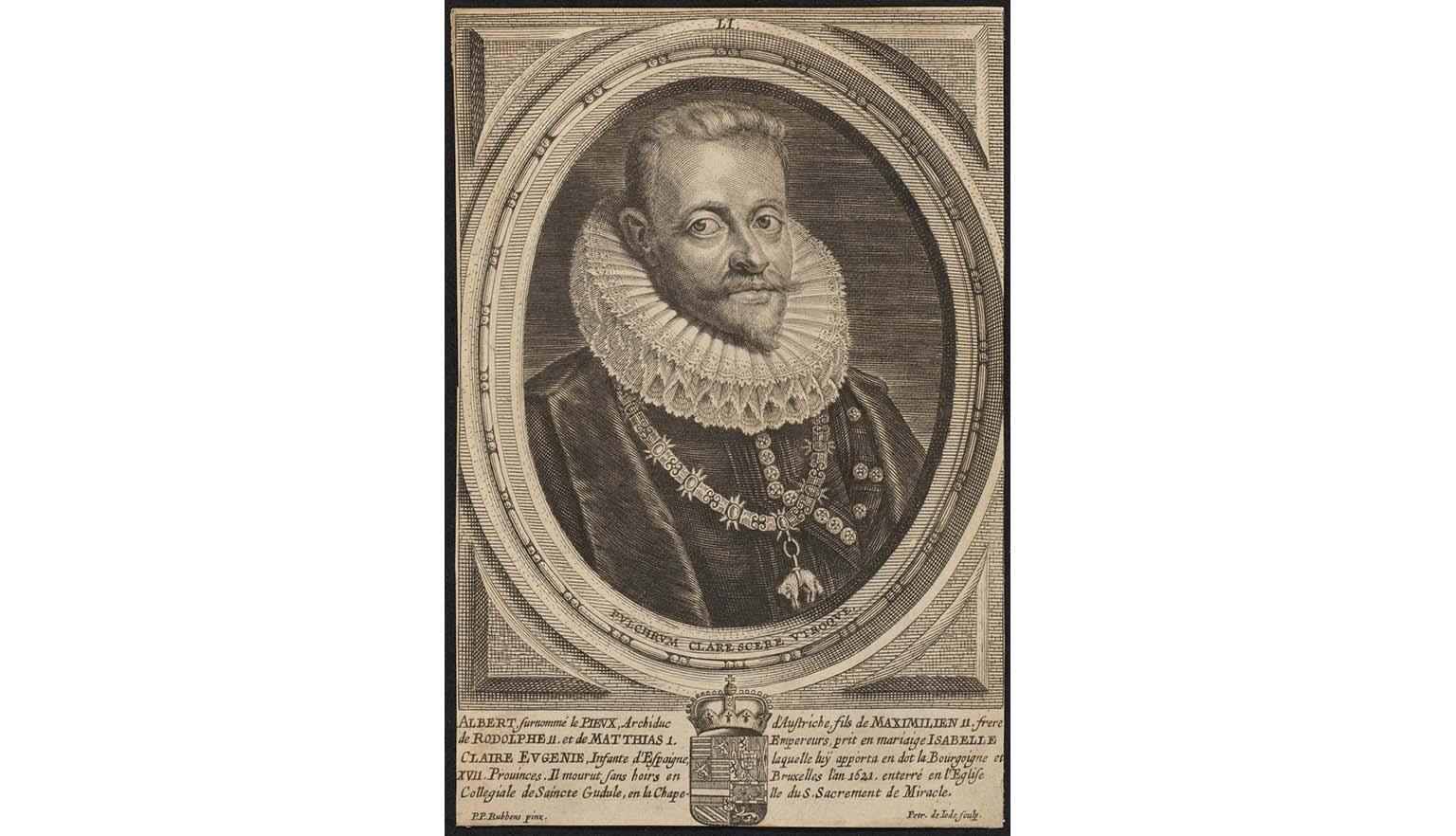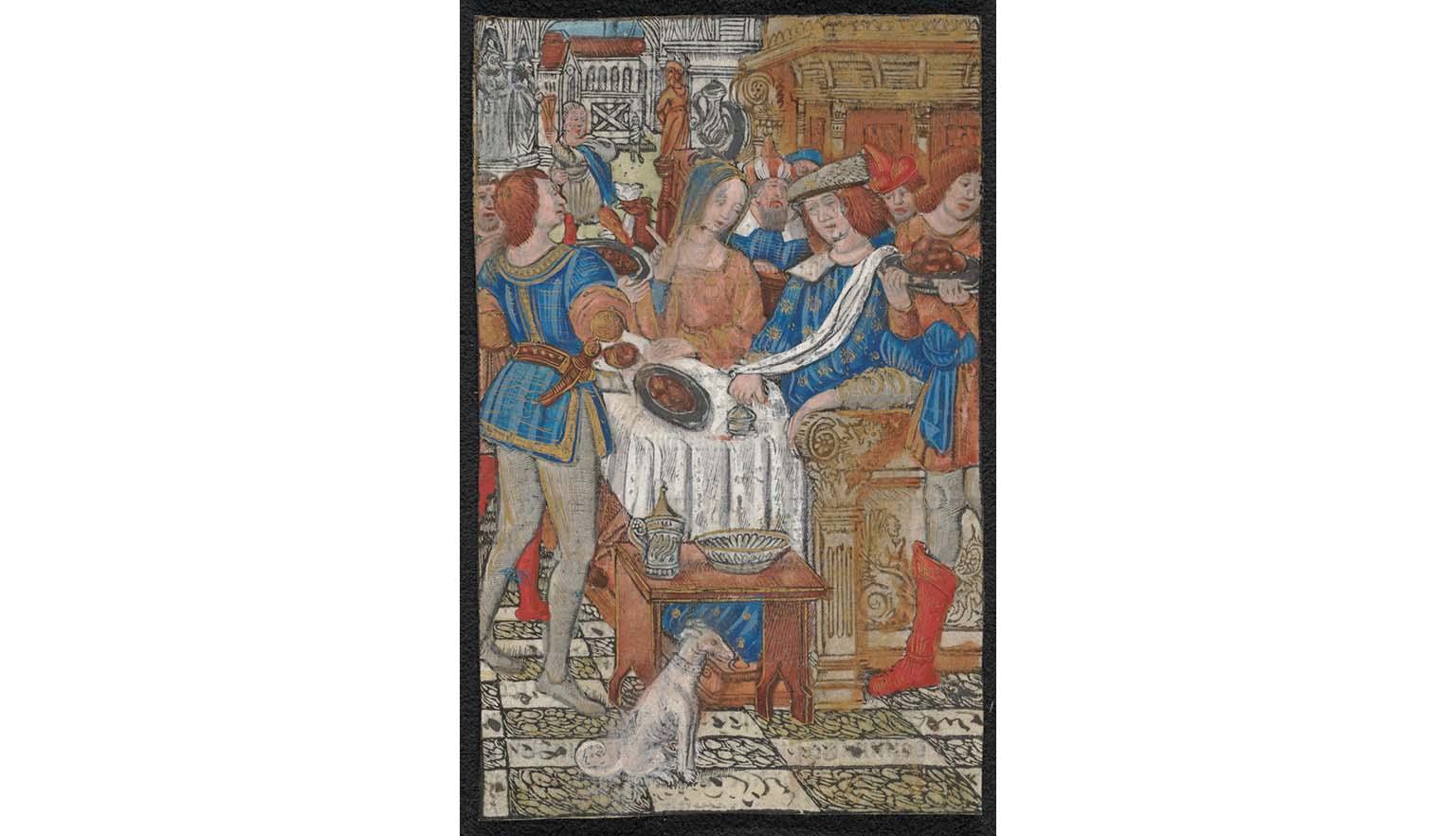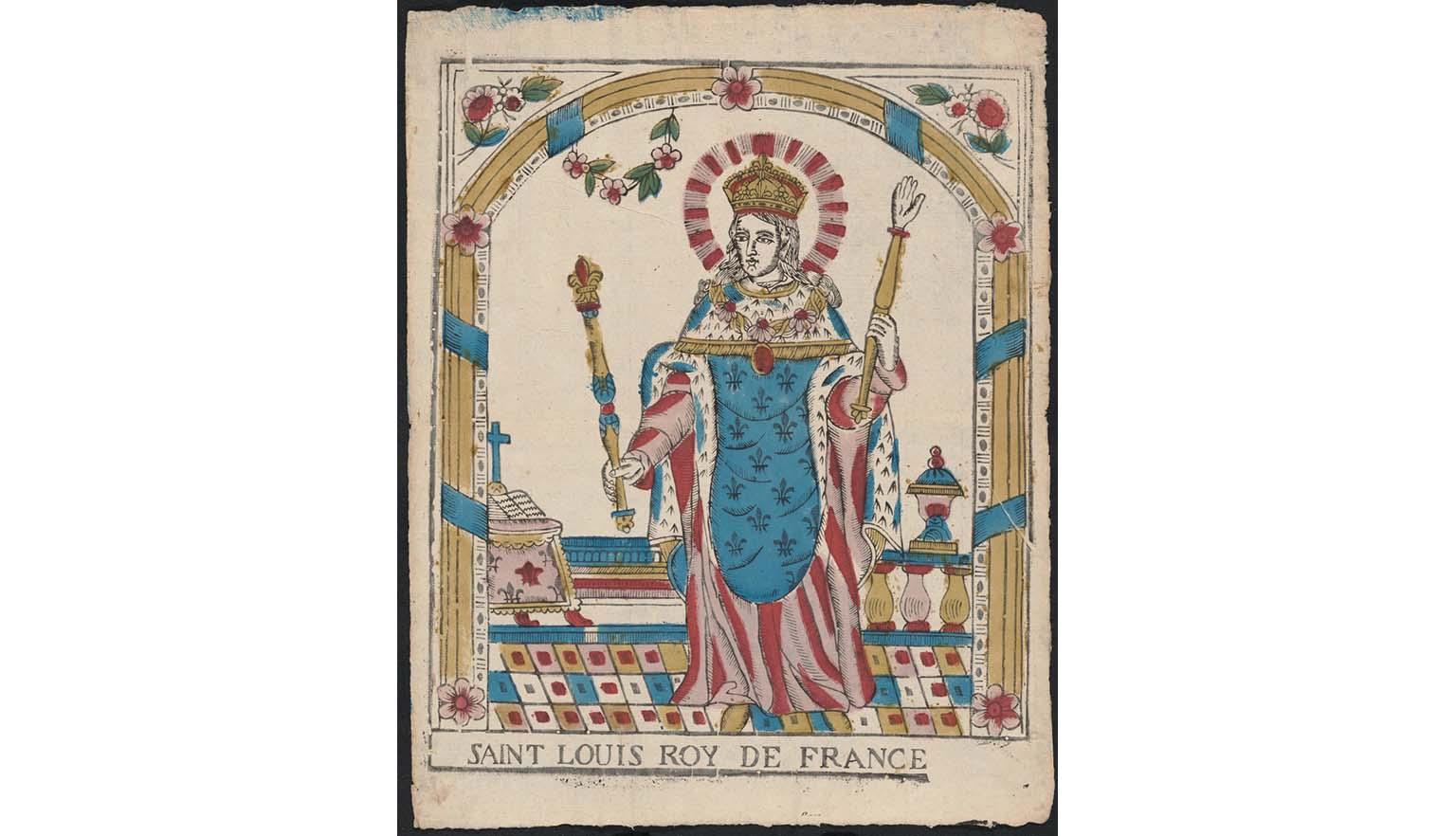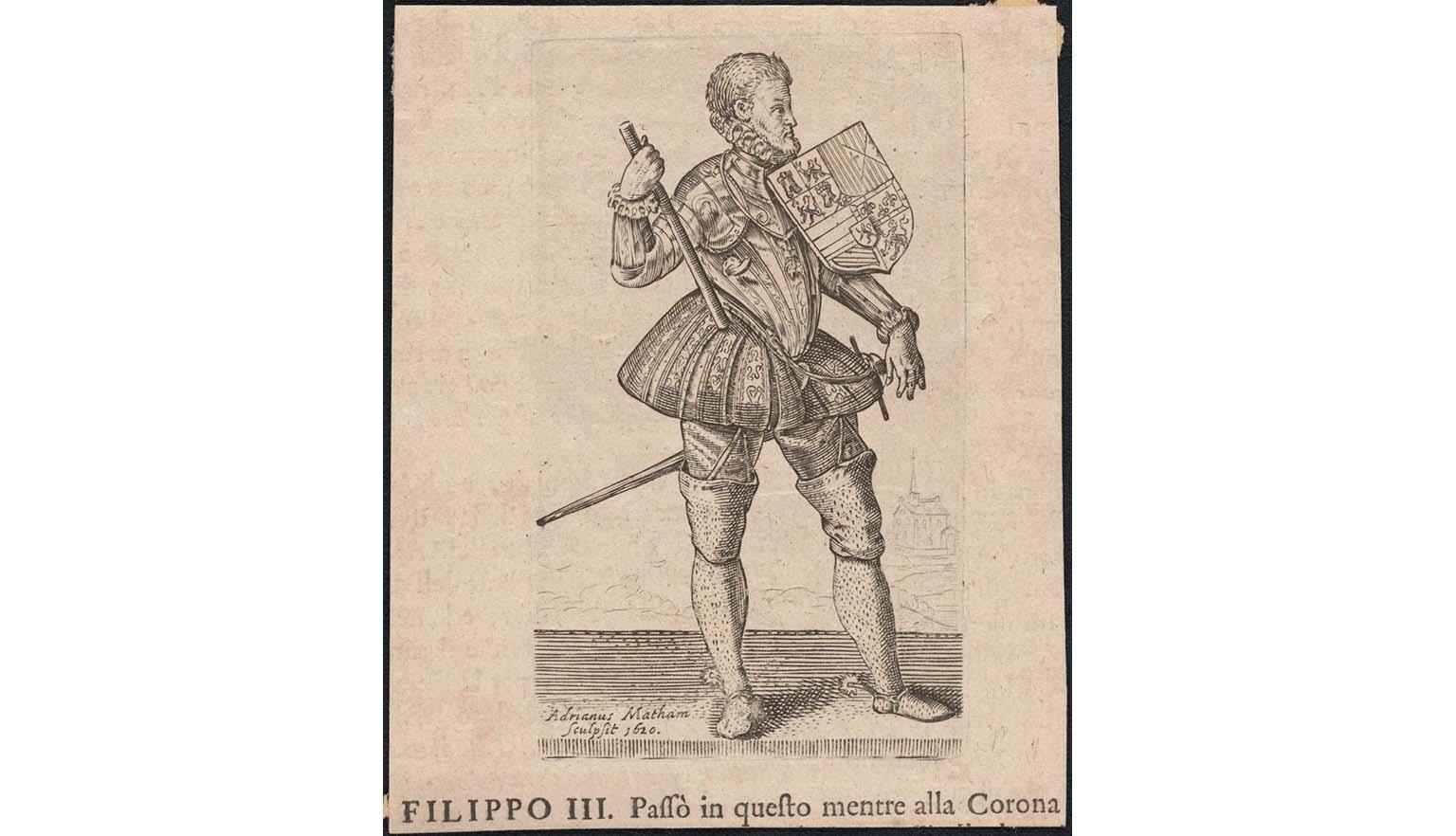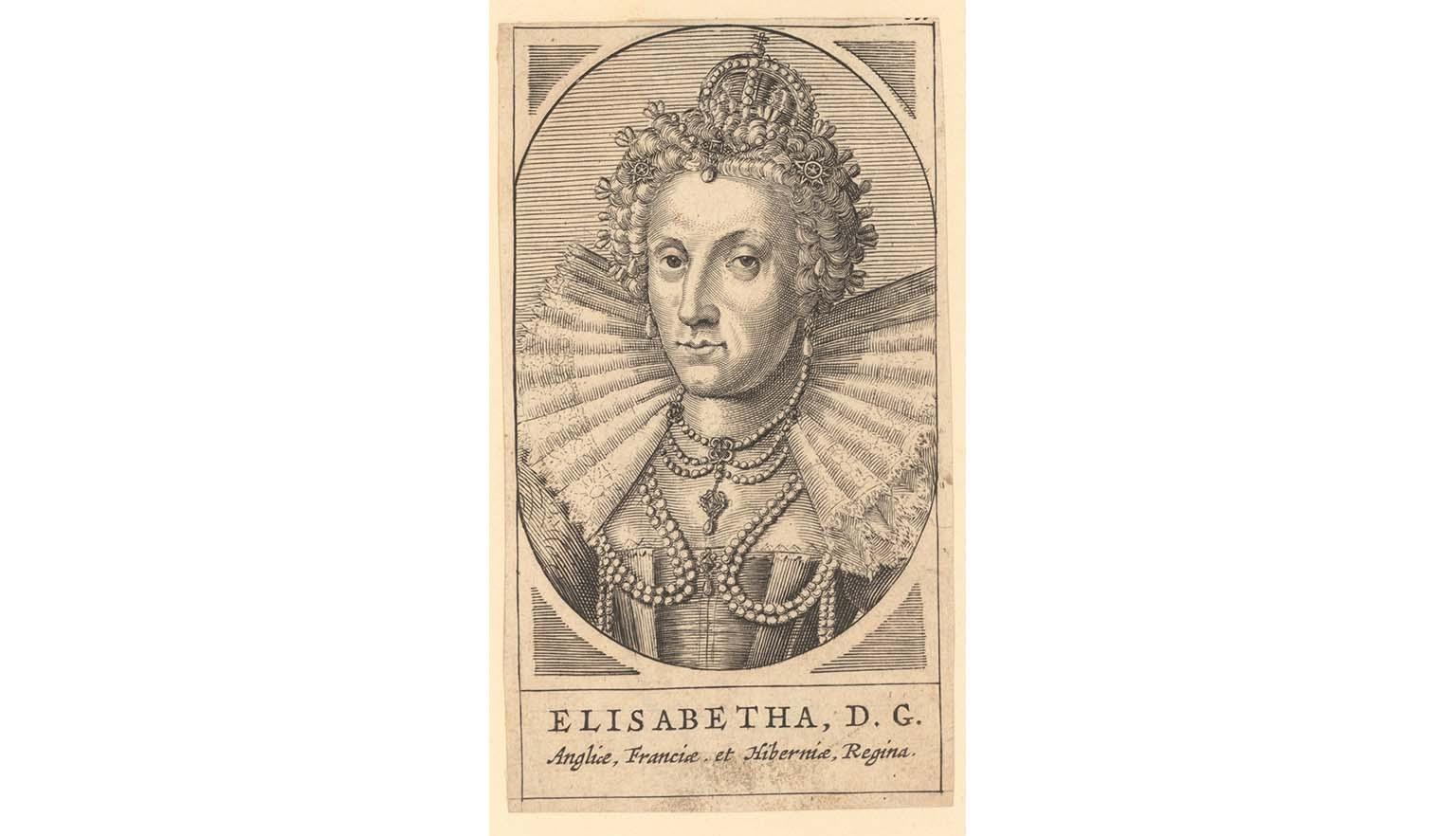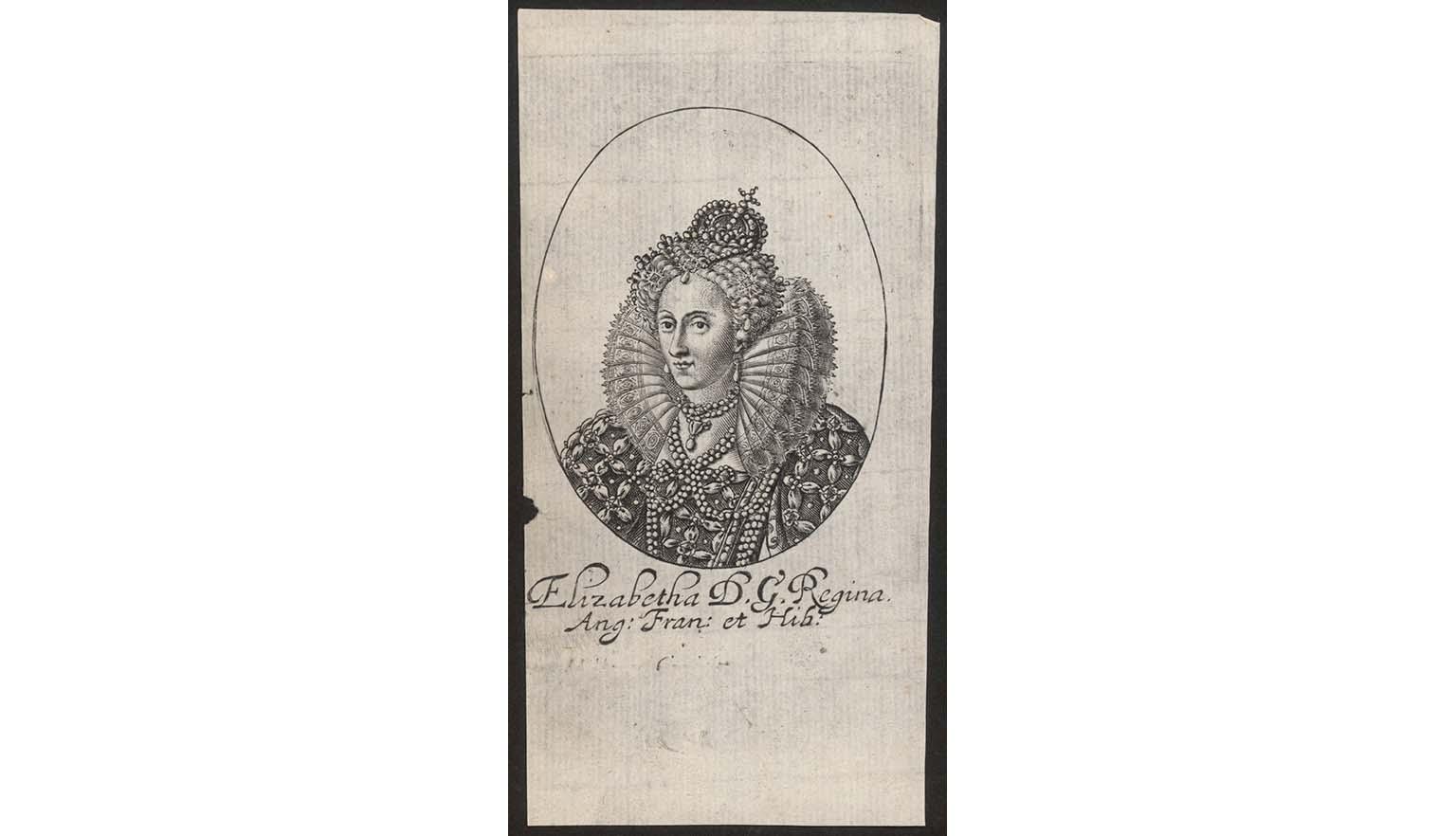Bound to service
Into darkness
Some historians refer to this period as the “Dark Ages”, suggesting that society and knowledge declined after the fall of Rome. They argue that many Roman advancements were lost or forgotten.
Other historians acknowledge that while there was a major shift in society and politics, development continued—just at a slower pace. The new kingdoms lacked the workforce and economic strength to support large public projects like those of the Roman Empire. They also faced frequent border conflicts and internal instability.
The terms Middle Ages and medieval era are used to describe the period between the fall of the Western Roman Empire in 476 CE and the beginning of the Renaissance around 1400 CE. Middle Ages has been used for centuries, while medieval was first recorded in the 18th century.
Feudal society
By the end of the first millennium CE, most western European societies followed a similar structure. People were organised into a hierarchy known as the feudal system.
This system was highly structured, with clear roles and responsibilities for each group. Each class was connected through a network of obligations and services.
The peasantry
Peasants were the everyday people of medieval Europe. They included farmers, fishers, apprentices and tradespeople. In England, most peasants were bound to an estate or manor owned by a lord or knight.
Peasants worked the land, produced food, and gathered raw materials. These goods were used on the estate or sold at market, with profits going to the landowner. Peasants also paid rent to their lord.
This system of service existed in similar forms across western Europe.
The knights
One of the most recognisable images of the medieval period is the knight in shining armour. While knights did fight in battles, they also had important roles during times of peace.
Knights often managed estates. They oversaw repairs, managed finances, inspected goods and food, and ensured taxes and rent were collected.
In return for their labour and taxes, peasants expected protection and shelter. Knights were responsible for the wellbeing of their workers, especially during disputes or war. A functioning estate relied on a healthy workforce.
Knights could become wealthy if they managed their estates well. Some retired to lives of comfort. However, like peasants, knights were expected to serve and remain loyal to their lords.
The nobility
At the top of the feudal system were the nobles. These aristocratic families often gained power through politics, business or the church over many generations.
Nobles held key roles in society, including positions in government, the royal court and the church. Like knights, they owned land that was farmed by peasants.
Some nobles leased land to knights or deputies, who managed it in exchange for taxes and profits.
Knights served in the personal armies of the nobility. If a noble went to war, their knights were expected to fight for them. In return, nobles provided protection, food and opportunities for wealth through land grants.
The land-owning aristocracy held significant power. In England, barons controlled large private armies and often used their influence to protect their status and income—even against the king.
The monarch
The monarch was the highest authority in the kingdom, with ultimate political, economic and military power.
For most of the Medieval period, the ruling monarchs of most European societies were men. The role of monarch was hereditary, being usually passed down from father to son but sometimes to a brother, nephew or grandson.
Succession and inheritance
Succession was a critical issue in medieval societies. Many kingdoms followed a system called agnatic primogeniture, where the eldest surviving son inherited the throne. This placed pressure on kings to produce male heirs. If a king had no son, other male relatives—such as brothers or nephews—might claim the throne, sometimes by force.
Some countries still use agnatic primogeniture today, including Japan, Morocco and Oman.
Since 1980, many European nations have adopted absolute primogeniture, where the eldest surviving child—regardless of gender—can inherit the throne. Countries such as Sweden, the Netherlands and the United Kingdom now follow this system.
Women in power
Although men were generally favoured for political leadership, many women held powerful roles in medieval and early modern history. Some gained power through marriage or family ties, others through force or circumstance.
One example is Isabella I of Castile, who ruled alongside her husband, Ferdinand II of Aragon. They were the first to use the titles King and Queen of Spain. Isabella personally sponsored Christopher Columbus's 1492 voyage, which led to the European colonisation of the Americas.
In monarchies, a woman who rules alongside her husband is called a Queen Consort or Empress Consort. She shares her husband’s social rank but usually does not hold political power.
A woman who rules in her own right is called a Queen Regnant or Empress Regnant. She holds full political authority, even if married.
A modern example is Queen Elizabeth II (1926–2022), who inherited the throne as the eldest child of King George VI. Her husband, Prince Philip, held the title of Prince Consort and had no political power.
In 2022, their son became King Charles III. His wife, Camilla, holds the title of Queen Consort, without constitutional authority.
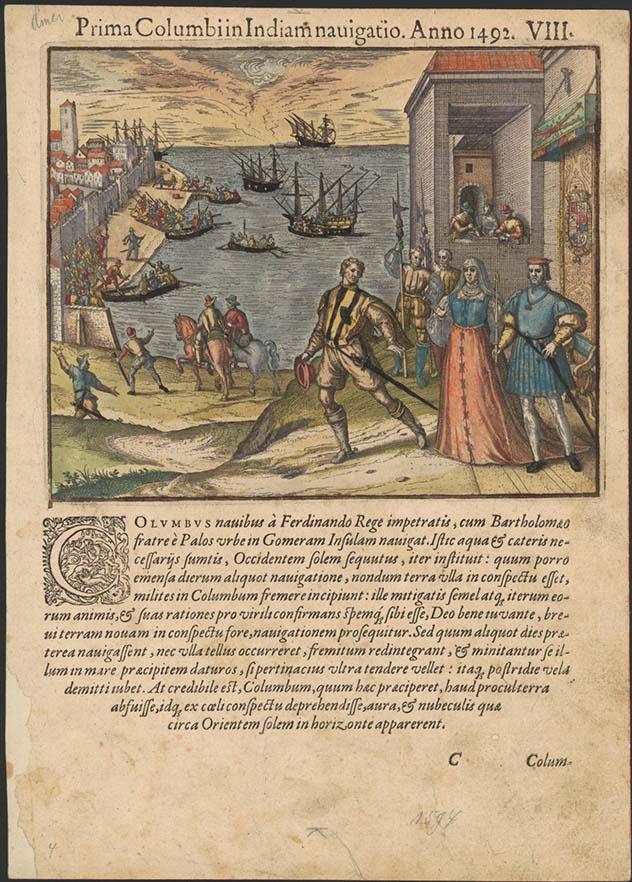
Prima Columbi in Indiam navigatio, anno 1492, 1594, nla.gov.au/nla.obj-136022392
Prima Columbi in Indiam navigatio, anno 1492, 1594, nla.gov.au/nla.obj-136022392
Elizabeth I and the Elizabethan Era
Another notable monarch was Elizabeth I, daughter of Henry VIII and Anne Boleyn. After the short reigns of her brother Edward VI and sister Mary I, Elizabeth became Queen of England and Ireland in 1558.
Expectations of monarchs
Medieval monarchs were expected to be just and devout rulers. They were seen as protectors of their people and defenders of the faith. They were also expected to follow the teachings of the church and serve as moral examples.
However, not all monarchs lived up to these ideals. Some are remembered for cruelty, poor leadership or political failure. Examples include:
- Louis XI the Cruel (France)
- Indulf the Aggressor (Scotland)
- Uroš V the Weak (Serbia)
- Ivaylo the Cabbage (Bulgaria)
Learning activities
Activity 1: Compare feudalism to modern society
Feudal society in Medieval Europe relied on a strict hierarchy, where people had specific roles and responsibilities. In this activity, compare that system with today’s society.
- Compare the feudal system with how society is structured today.
- Identify ways in which the systems are similar.
- Describe how they are different.
- List the rights and responsibilities people have in modern society.
- Suggest one way our current system could be improved.
Activity 2: Design your own coat of arms
In Medieval Europe, noble families used coats of arms to show their identity and status. These symbols often included colours, animals and other images with special meanings.
- Create your own coat of arms, flag or banner that represents:
- your personality
- your heritage
- your beliefs or values
- Look at historical examples from the Library’s collection for inspiration.
- Use any colours or symbols you like—there are no rules!
Tip: You can look up what different colours or symbols traditionally mean. The Department of the Prime Minister and Cabinet website explains the Commonwealth Coat of Arms as a starting point.
Activity 3: Write a letter from a peasant
The life of a Medieval peasant was often difficult—long hours, uncertain food supply and harsh winters. Imagine you're a peasant writing to the monarch asking for change.
- Write a persuasive letter explaining what life is like.
- Ask the monarch for help. What do you want them to do?
- Explain how these changes would benefit the community.
- Describe what might happen if things don’t improve.
- Suggest what role the monarch could play in making life better.
Activity 4: Profile an influential person from Medieval Europe
Not all important people in Medieval Europe were kings and queens. Many merchants, scientists, craftspeople and teachers made lasting contributions—and some women rose to prominence despite a system that favoured men.
- Choose a person of note from any country in Europe during the Medieval period.
- Find out:
- When and where did they live?
- What did they do that made them notable?
- How did they become influential?
- Create a short written or visual profile to share their story.

